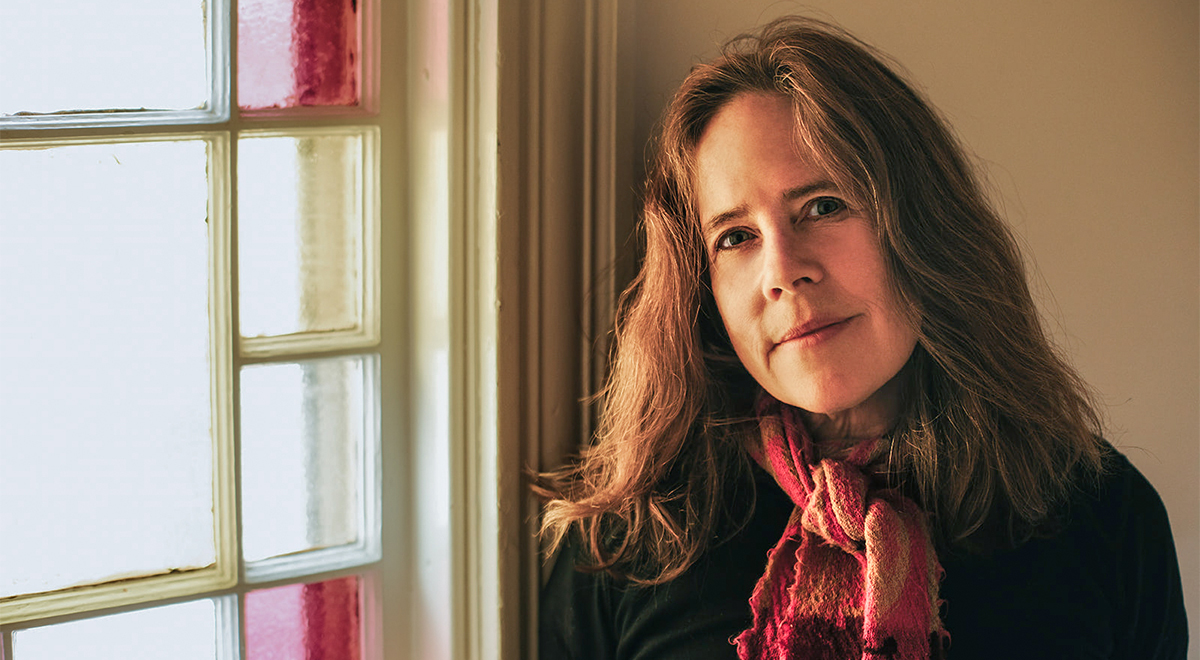Alum’s Book Reveals Untold History of Rape Kits

In 2018, author and journalist Pagan Kennedy ’84 became intrigued by news reports about rape kits and the backlog in processing them. The scandal of nearly a half million kits left untested fascinated her and was the start of a research journey that led to her most recent book, The Secret History of the Rape Kit: A True Crime Story (Penguin Random House).
“The more I thought about it, the more amazing it seemed to me that this kit existed at all—that there was this nationwide, very elaborate system for collecting sexual assault evidence seemed to me kind of a miracle of feminist design,” said Kennedy. “It’s this object that everybody knows about that’s also invisible.”
From there, Kennedy went down the rabbit hole of trying to unravel the history of the rape kit. Her research initially uncovered the name of a police sergeant in Chicago, Louis Vitullo, who was credited with inventing the kit in the 70s. But she also kept coming across the name of a woman, Martha “Marty” Goddard, who collaborated with Vitullo. Since Vitullo had died, Kennedy hoped to track down Goddard, but this hidden figure proved elusive.
As Kennedy investigated further and spoke to people who knew Goddard in the early 70s, she gradually unearthed “a whole story of the birth of modern sexual assault forensics,” she said.
Through her research, Kennedy learned that Goddard had first developed a keen interest in sexual assault while helping runaway teens when she worked for a philanthropy that supported the poor in Chicago. Many of the young women had left home because they had been sexually abused. Her advocacy on behalf of the teens coincided with a growing anti-rape movement in the country.
By the mid-70s, Goddard joined a citizen’s advisory panel on policing and rape and learned that many rape cases went unsolved due to lack of evidence. “There was no system in place, so [crime labs] would just throw out the evidence when it was collected at all,” Kennedy said. Working with Vitullo, Goddard developed a kit to collect evidence and a system for training hospitals to use them. To pay for the kits, Goddard—who tried to raise money at a time when the word rape was not uttered in polite company—enlisted the Playboy Foundation, which helped design and assemble the kits.
The rape kit of that era was a simple cardboard box that contained envelopes, nail clippers, and other items for collecting evidence. “This was such a success that it caught on and it became a nationwide system,” said Kennedy. “By the 80s, you have these kits in police departments all around the country.” The kits were used to not only solve sexual assault cases, but to exonerate the wrongly accused.
Despite Goddard’s role in inventing and promoting the rape kit, she’s been obscured in part because criminologists and police departments assumed the work—and credit—while Goddard herself retreated from public life. But her prototype spawned thousands of rape kit models, and the efforts of advocates and survivors have helped reduce the backlog from 400,000 to 25,000.
While untested kits remain, Kennedy—who survived molestation as a child—underscored the value of the rape kit. “I’m sure there are still backlogs with rape kits,” she said. “Despite that there is this framework that’s really changed the way people think and talk about sexual assault.”
The biggest problem Kennedy sees with the modern rape kit is that with so many different models across the country, there is no standardized system. She also points to the need to make the process easier for survivors who have to get to the hospital and undergo hours-long exams. In talking about the book on college campuses and other venues, she hopes to generate ideas for new solutions. The kit and evidence system, she said “belongs to us and we should be able to decide how it works.”
As a science journalist with 12 books to her credit, Kennedy has learned that the answers to tough societal challenges and the best ideas often come from people who have “skin in the game.” Goddard and the story of the rape kit are evidence that an outcry can make change. “We really need to talk about the rape kit now because the system has a lot of problems, but we can solve problems,” she said.

